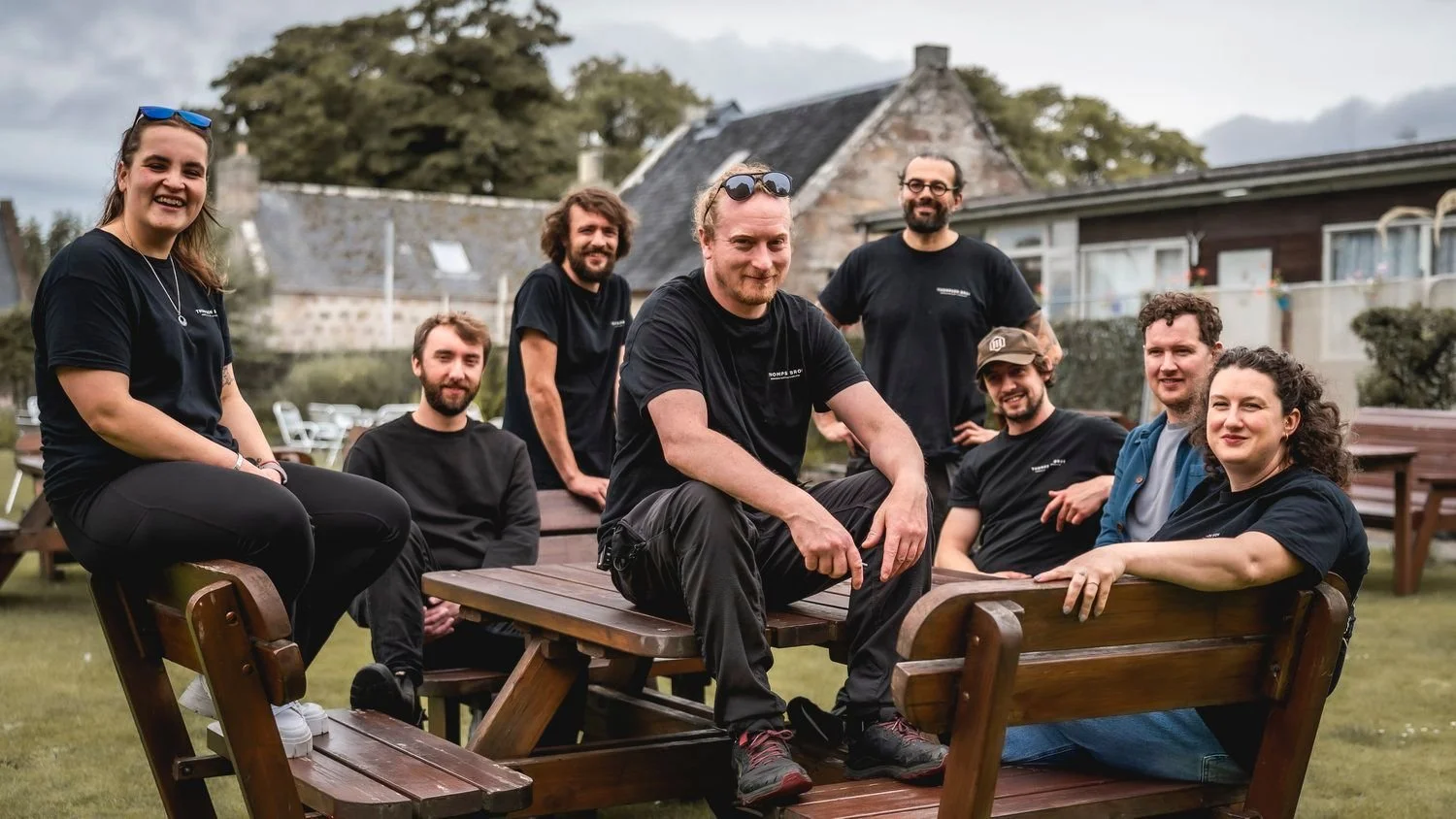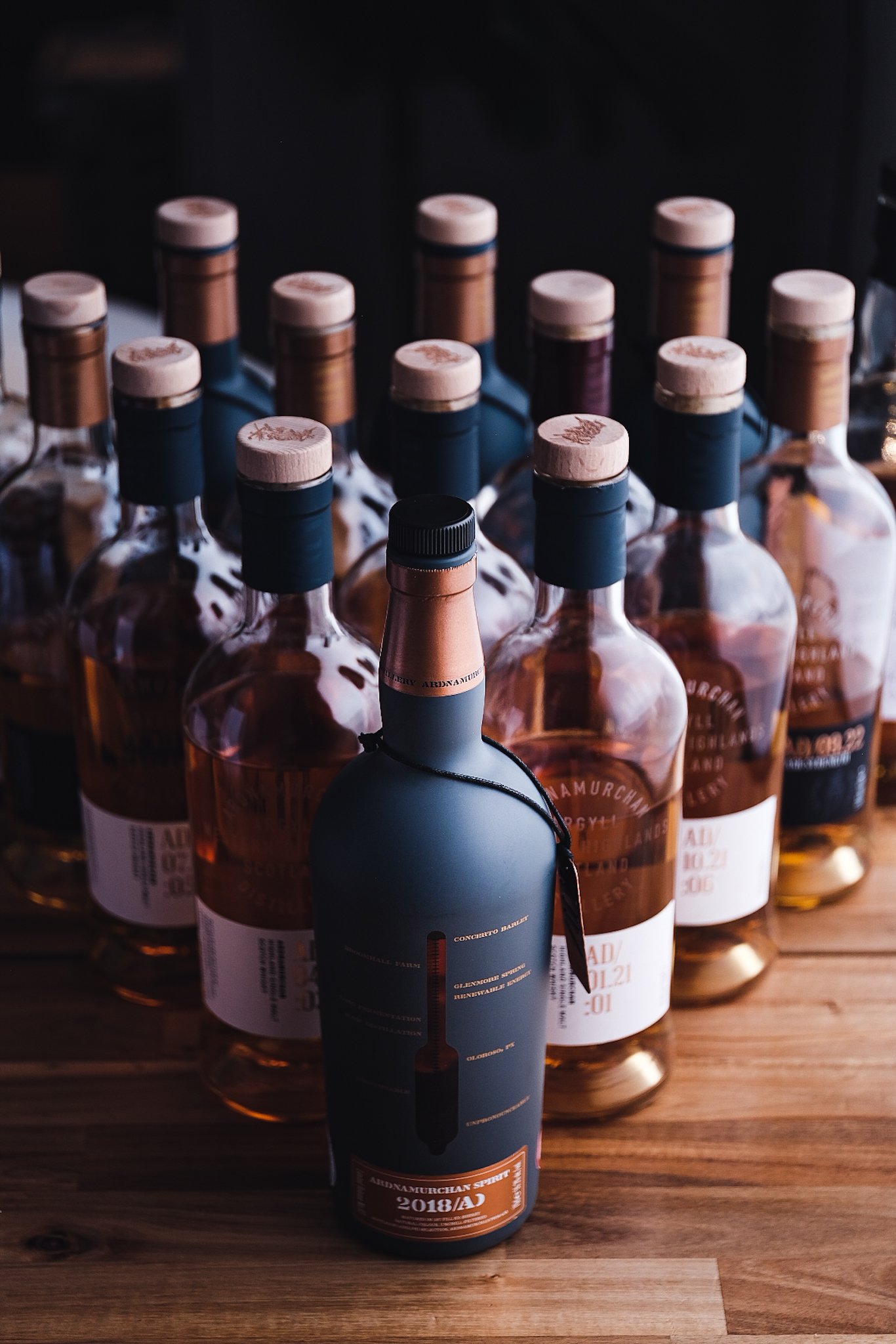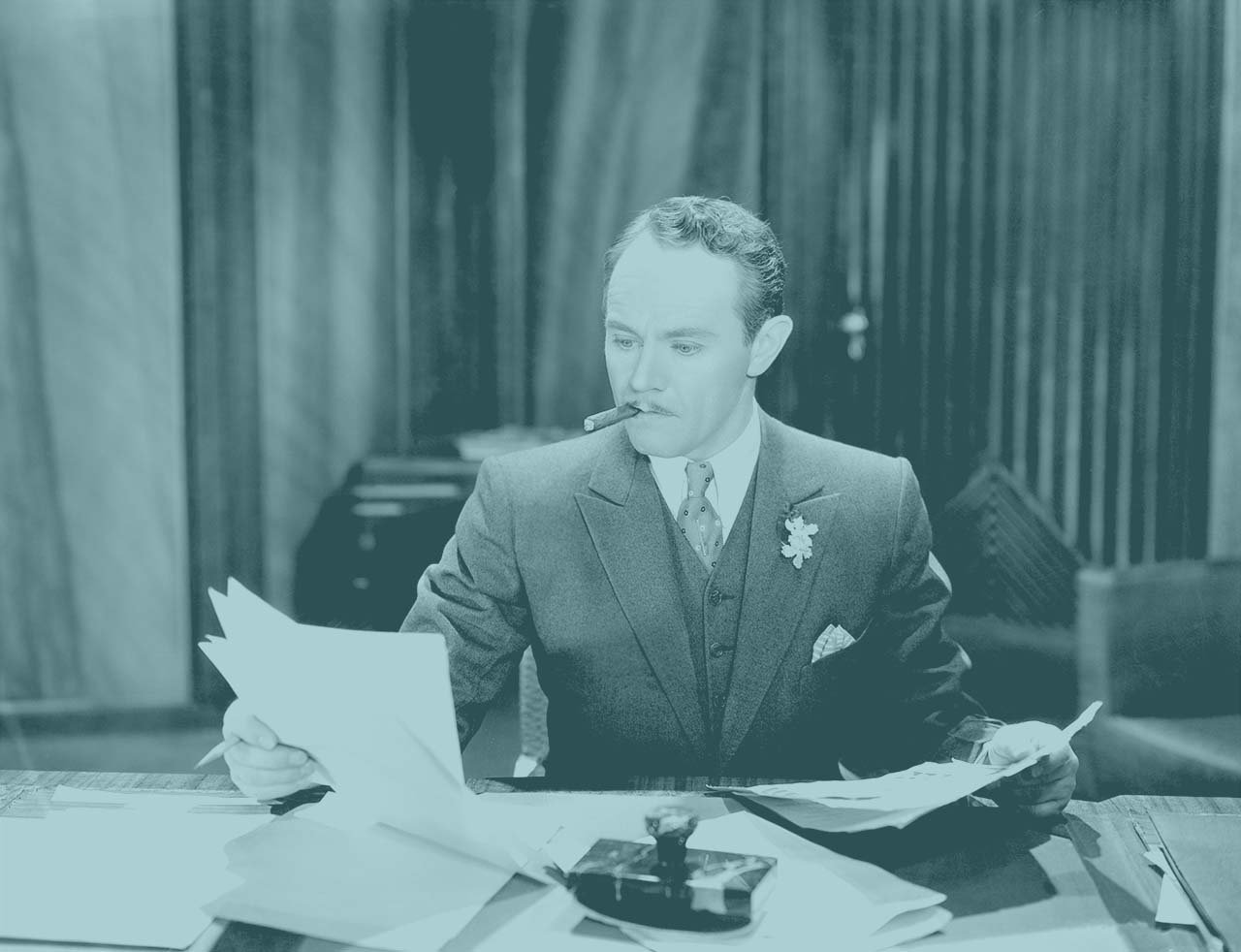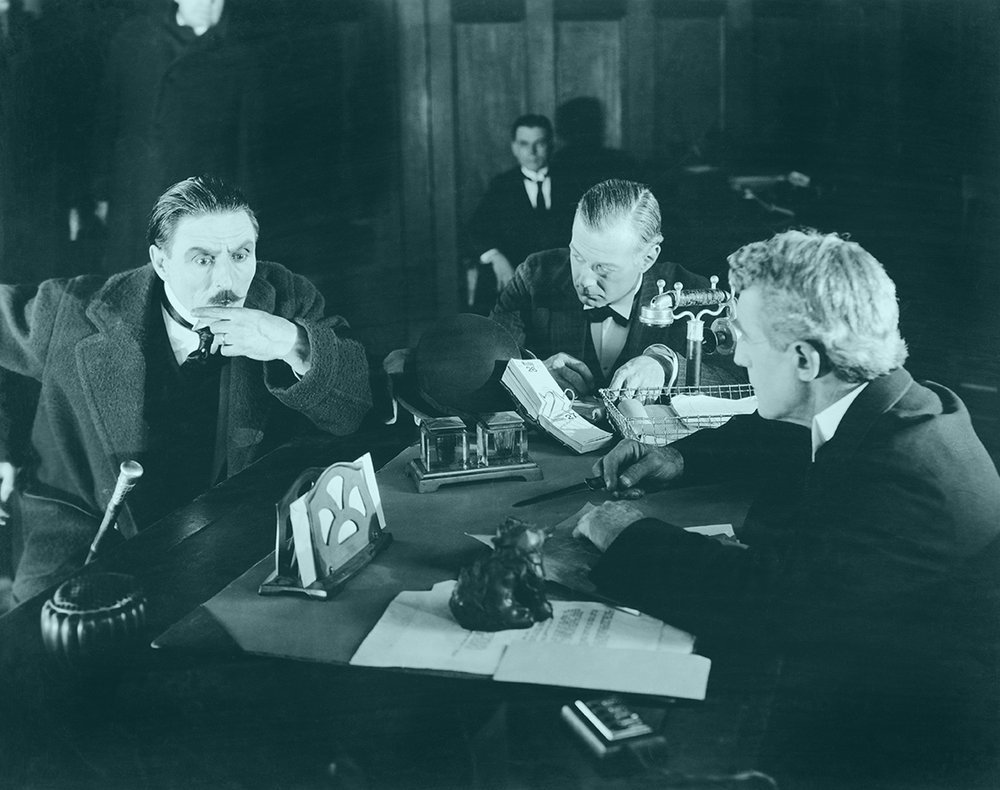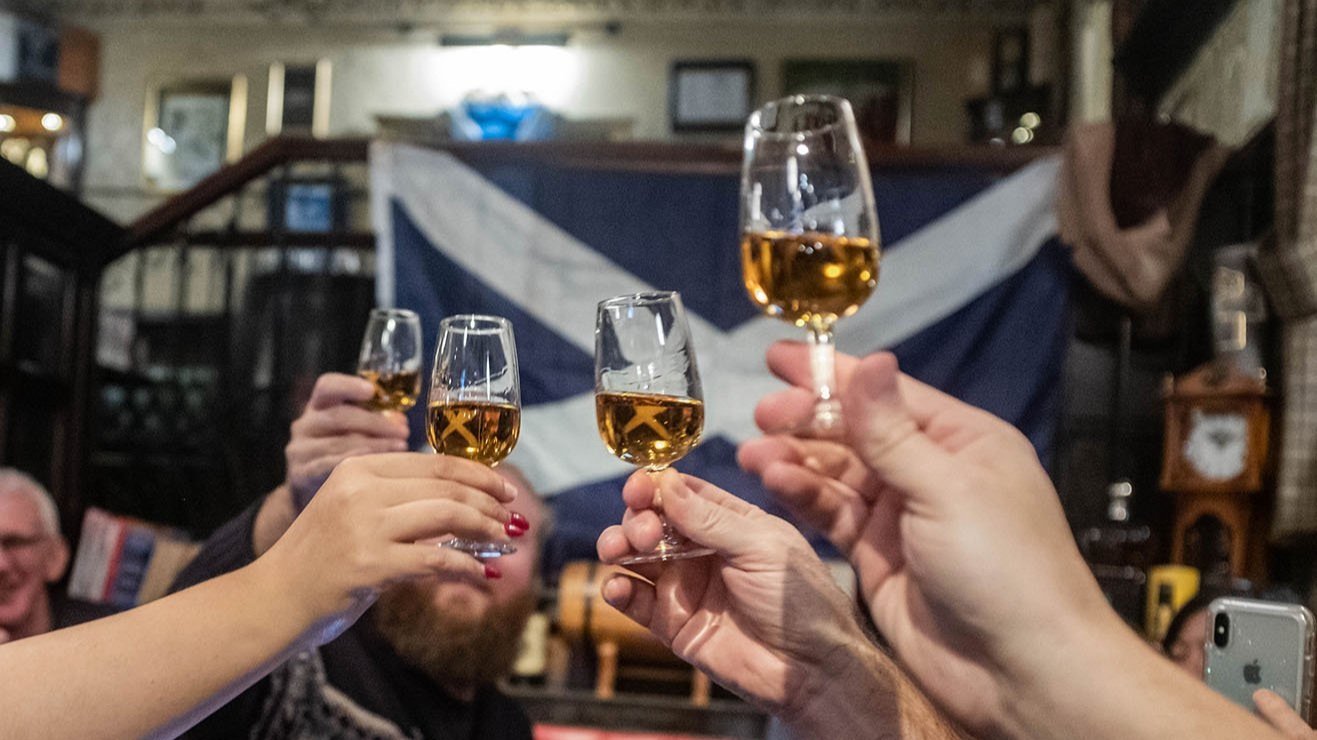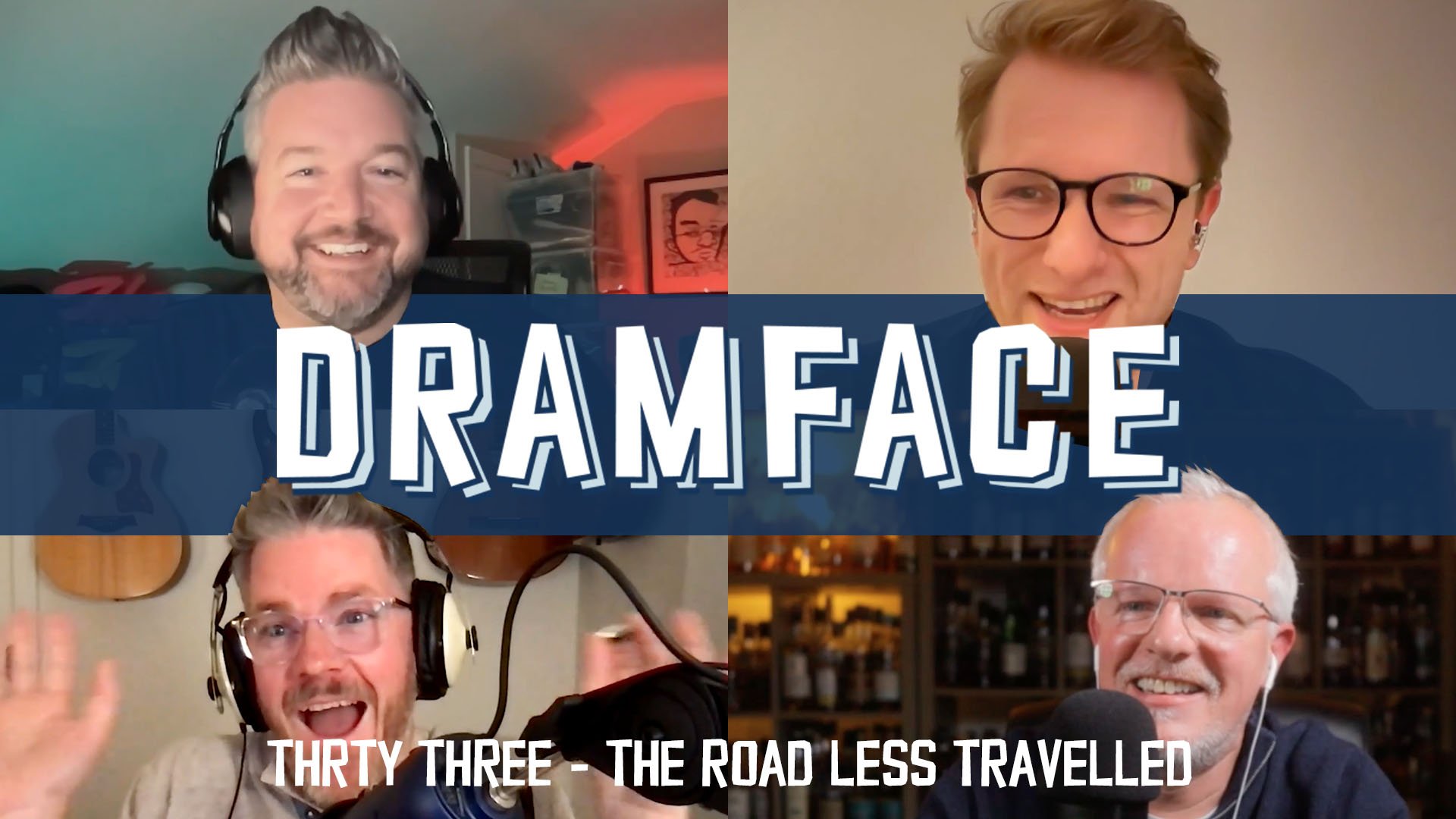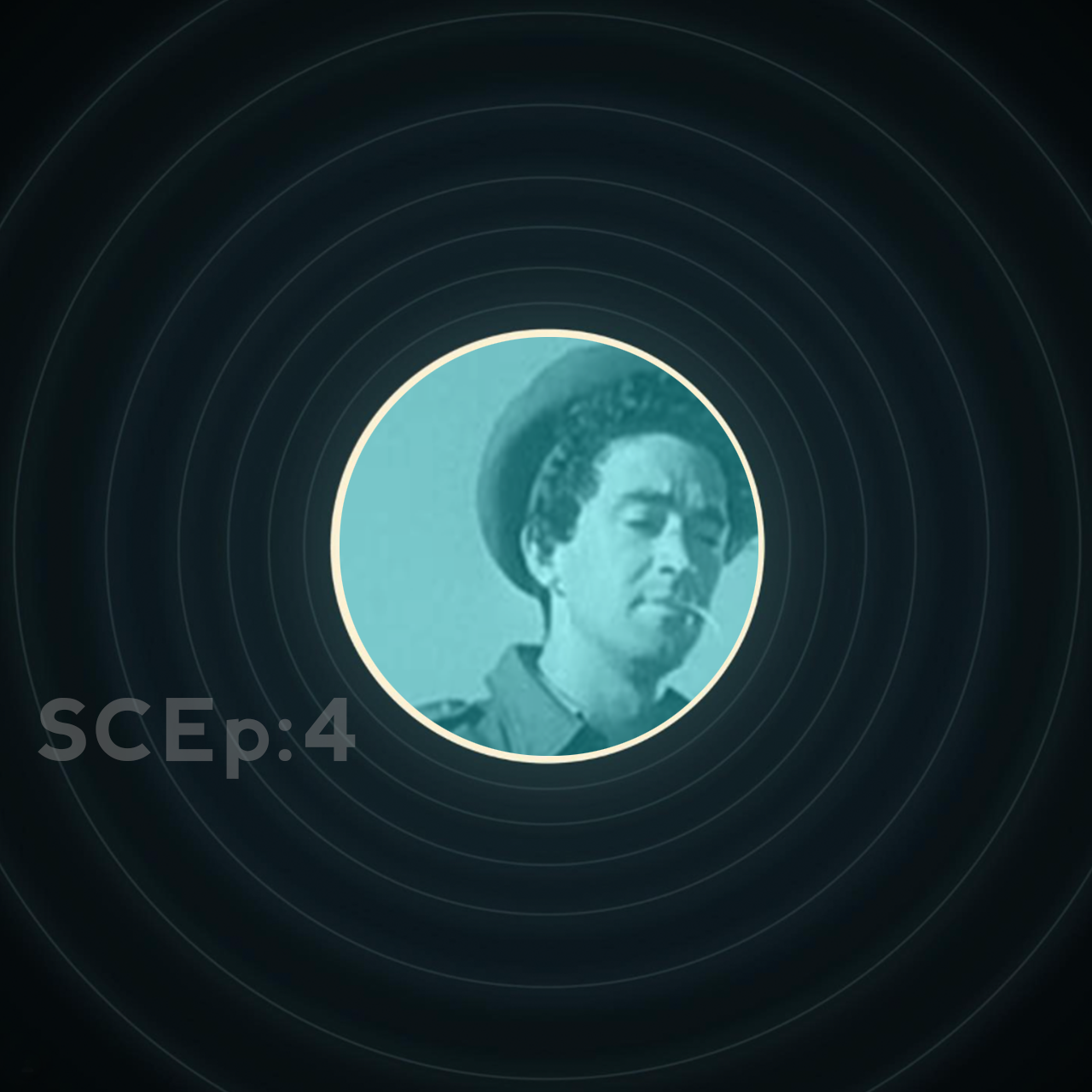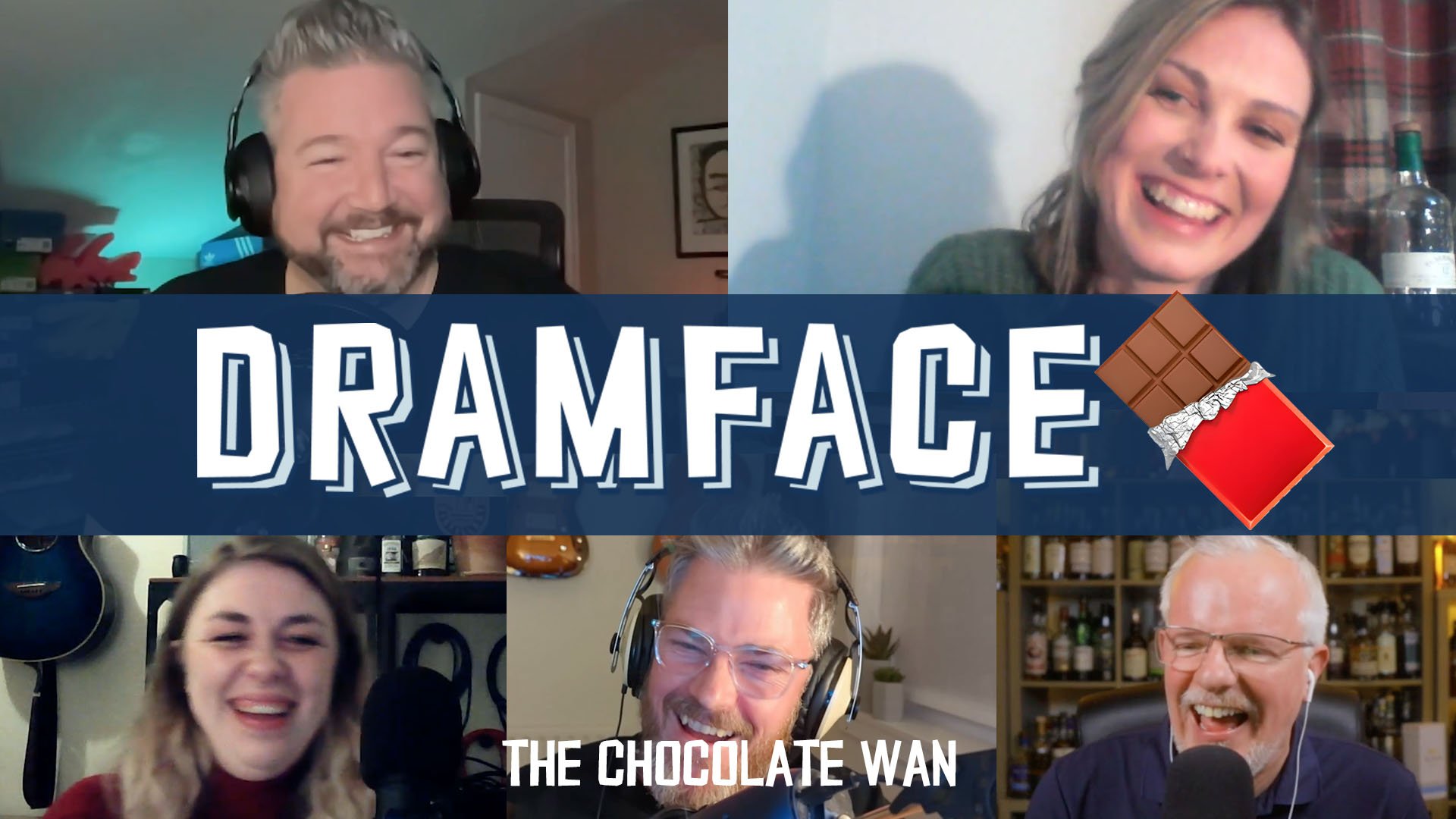Craigellachie 17yo
Official Bottling 2018 Release | 46% ABV
Score: 6/10
Good stuff.
TL;DR
Premiumisation killed the star potential; this should’ve been a 7
Drawing Remarkable Comparisons
It’s remarkable how similarities can be drawn between the whisky boom (and crash) at the turn of the twentieth century and what we’re experiencing today. But first, we need to talk about value…again.
While I don’t feel like going on yet another rant about exuberant whisky prices, there are some points to be made, both in general and regarding this 17-year-old Craigellachie.
Craigellachie for a long time has been a bit of an ‘under the radar’ whisky, or rather has been ‘undervalued’ as a malt, in my opinion. Yes, things are starting to change, with word of mouth doing its work about how solid a dram the 13-year-old is. But I can’t help but feel Craigellachie being unappreciated is very much their own doing. Not because you can’t find it — far from it. Being under the ownership of a big conglomerate like Bacardi pretty much guarantees strong distribution. My guess is, it’s all to do with their price setting. When you have a core range of just three expressions, but only the entry-level 13-year-old is somewhat affordable, you’re not doing yourselves any favours.
The 17yo retails (near me) for more than double the price of the 13 – well over €100, homing in on €150 (£126), even. That’s more expensive than the already quite pricey Highland Park 18yo, and roughly what Macallan are expecting you to cough up for their 15 – to name but two graduates from the school of ultra-premium branding. Don’t get me started on the Craigellachie 23yo, which in turn doubles up on the price of the 17. While quite a big chunk of the distillery’s output will be put to use in the Dewar’s blends, when you’re cranking out around four million LPA a year, surely those prices aren’t down to struggling for stock.
So little wonder then that most of us are likely looking to spend our hard-earned cash (and looking at the state we’re in today, that’s not even an exaggerated idiom) on value-for-money whiskies rather than on bottles that are, by and large, at least 33% overpriced. The fact that both the 17 and 23yo were put in the premium market as soon as they were initially released in 2014 — in tempore non suspecto, so to speak — means they were not victims of an overnight price hike like we see with some popular Diageo expressions today. This does not, in my book, help their case.
All in all, this really is a pity, because please believe me when I say I would rather have spent the first 400 words of this review on singing Craigellachie’s praise. Because it is worthy of it. I’ve never tried one I didn’t enjoy, for starters, and the distillery was founded in 1891 by one of the most intriguing figures in the entire history of Scotch whisky – Peter Mackie.
Nicknamed ‘Restless’ Peter Mackie, he was the legendary owner of Lagavulin distillery, and even more legendary for his almost lifelong feud with the neighbours at Laphroaig. Nearing the end of the 19th century, Scotch whisky was thriving, and Peter Mackie’s celebrated White Horse blend was pretty much at the heart and centre of it.
“While the current boom isn’t caused by a devious scheme of conmen [...], the same underlying mechanism — pure greed and capitalism at its worst — is at play...”
A seemingly endless thirst for whisky, combined with love/hate relationships between producers of malt whisky on the one hand and big grain whisky factories on the other, pushed all involved in the industry to crank up production. On top of that, the Speyside region was reaping the fruits of welcoming in the railroad system, meaning that, all of a sudden, transport of goods both in and out became much, much, easier. It’s little wonder that around 1890–1900, we see a plethora of new distilleries popping up mainly, but not exclusively, in Speyside.
Craigellachie, Tomatin, BenRiach, Benromach, Aultmore, Balvenie, Ardmore, Aberfeldy, Speyburn, Longmorn… They all came into being between 1890 and 1898. So did an equal number of other, now long gone names like Imperial, Caperdonich, Glenesk, Dallas Dhu and Glen Mhor. Nothing could stop the whisky boom, it seemed.
Then, along came the Pattison Brothers…
It’s remarkable how similarities can be drawn between the whisky boom (and crash) at the turn of the twentieth century and what we’re experiencing today. Although I sincerely hope we won’t be seeing whisky taking a devastating blow similar to what happened in the aftermath of the Pattison Crash, there’s no denying that the current boom brings along some less desirable side effects — specifically the artificial inflation caused by speculators. While the current situation isn’t caused by a devious scheme of conmen (as far as we know, that is!), the same underlying mechanism — pure greed and capitalism at its worst — is at play. The result — an increasingly overheating market — should be cause for concern, I think.
Review
Craigellachie 17 Years Old, official bottling
Non-chill-filtered, natural colour, 46% ABV
£90–125, generally available
To come full circle from ranting about a pricey bottle of whisky to a short history lecture and back, let’s see what this whisky is actually about, shall we?
Nose
Rich, oily – syrupy. Treacle and toffee, dark honey, full-on vanilla stick (rather than the mellowed-down and very sweet processed stuff you find in supermarket sugar), allspice, and coffee. There’s sweetness, but with an edge to it – a rich, slightly dirty-oily underlying depth which betrays the quality from spirit and maturation.
Palate
Soft bittersweet notes like you get from deep roasted coffee. A hint of black pepper, treacle and toffee again, alongside dark chocolate. Again, there’s depth and a bit of dark and dirty character here, all sitting on a well-rounded, medium body with a bit of a dry mouthfeel before going into a warming, slightly peppery-spiced , drying and lingering finish.
The Dregs
This is actually a strong and solid all-rounder in my book. Rich and warming, not overly complex, but, having tried it head-to-head with its 13-year-old sibling, definitely more well-rounded and less ‘spiky’.
Intrinsically, this easily scores a 7/10, but considering the whole package, it doesn’t merit its price tag and therefore loses a point. The situation being what it is, and despite this being a very enjoyable whisky, for the same cost I would rather buy two of its (also very decent) 13-year-old siblings. I’m living in hope, though. Parent company Bacardi have recently made some much-needed changes in the core range of Royal Brackla — perhaps not so much in terms of price, then definitely in terms of presentation.
Based on that, I’m hoping they will drop the underwhelming presentation of Aberfeldy and Deveron as well as re-market the now quite pricey Craigellachie and Aultmore, as I cannot for the life of me believe that any company would be pleased to see their bottlings mostly gathering dust on shelves. Because in the long run, surely they would make more profit by selling more volume for less money than selling a very small amount to the happy few? This strategy may work for Macallan, but last time I checked, Craigellachie isn’t yet basking in a self-created aura of magnificence, nor have they teamed up with fancy artists or deluxe car manufacturers to make it abundantly clear they want nothing to do with us plebs.
Score: 6/10
Tried this? Share your thoughts in the comments below. EA
-
Dramface is free.
Its fierce independence and community-focused content is funded by that same community. We don’t do ads, sponsorships or paid-for content. If you like what we do you can support us by becoming a Dramface member for the price of a magazine.
However, if you’ve found a particular article valuable, you also have the option to make a direct donation to the writer, here: buy me a dram - you’d make their day. Thank you.
For more on Dramface and our funding read our about page here.


































